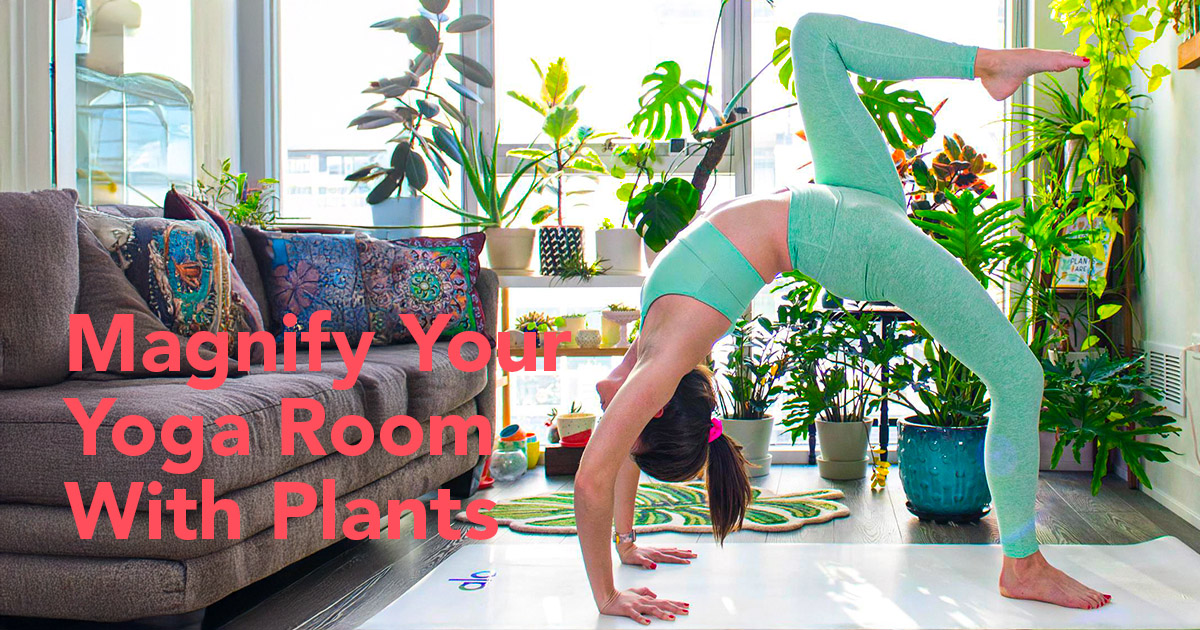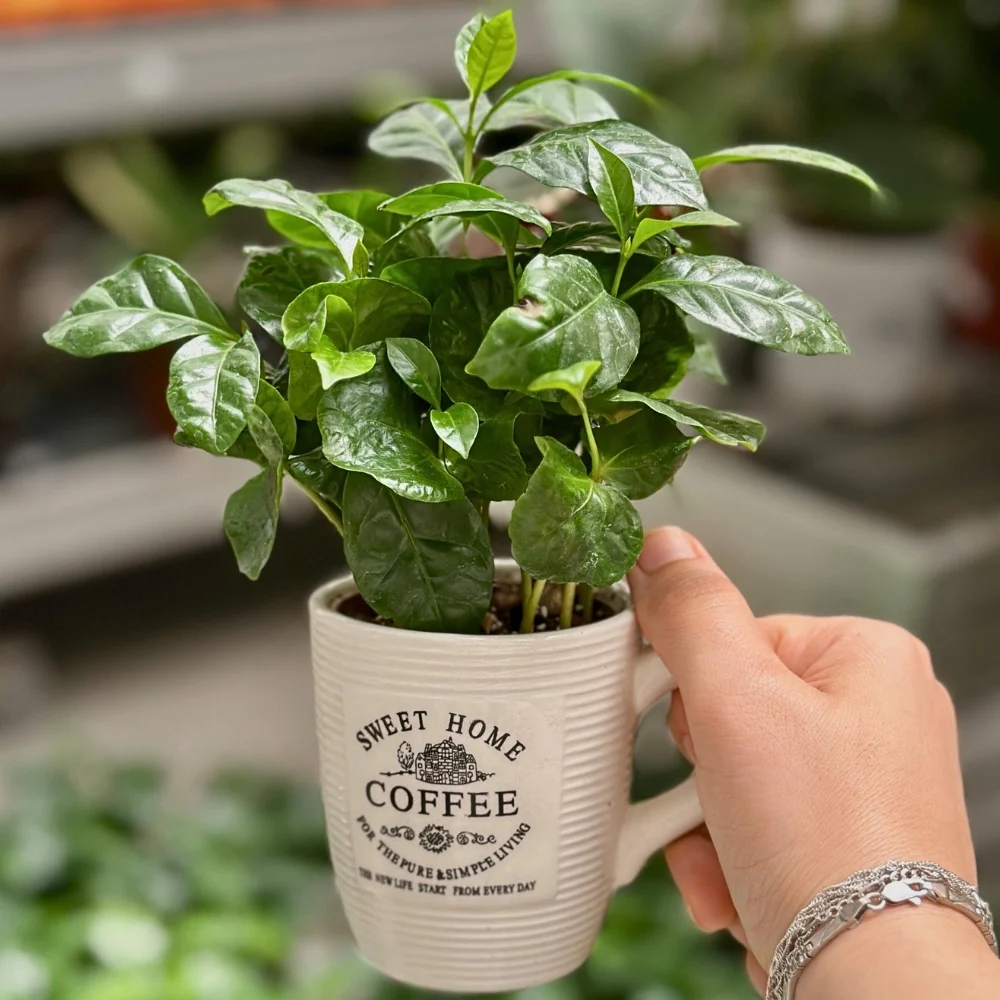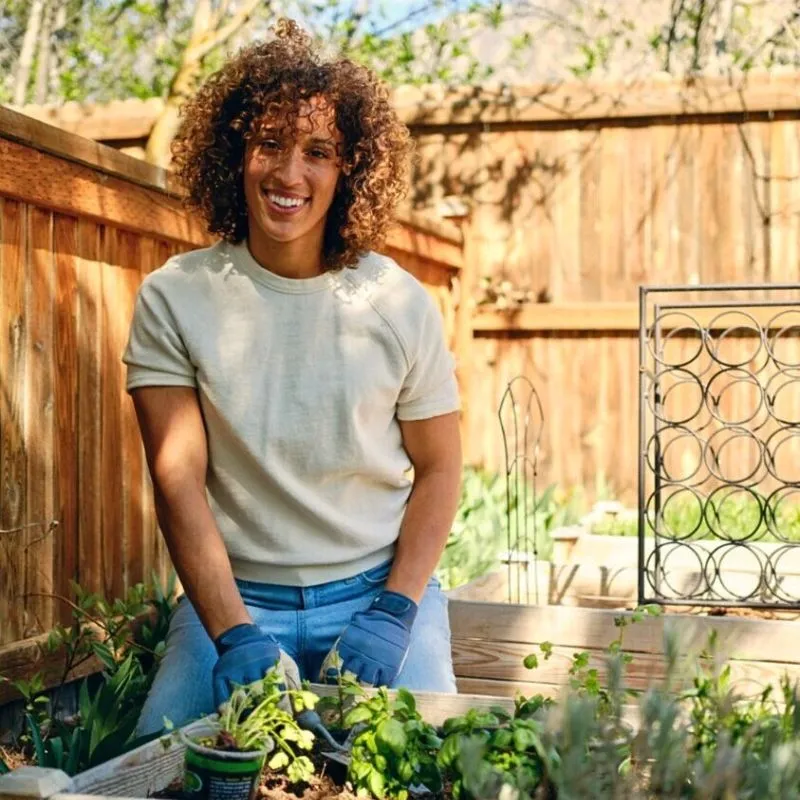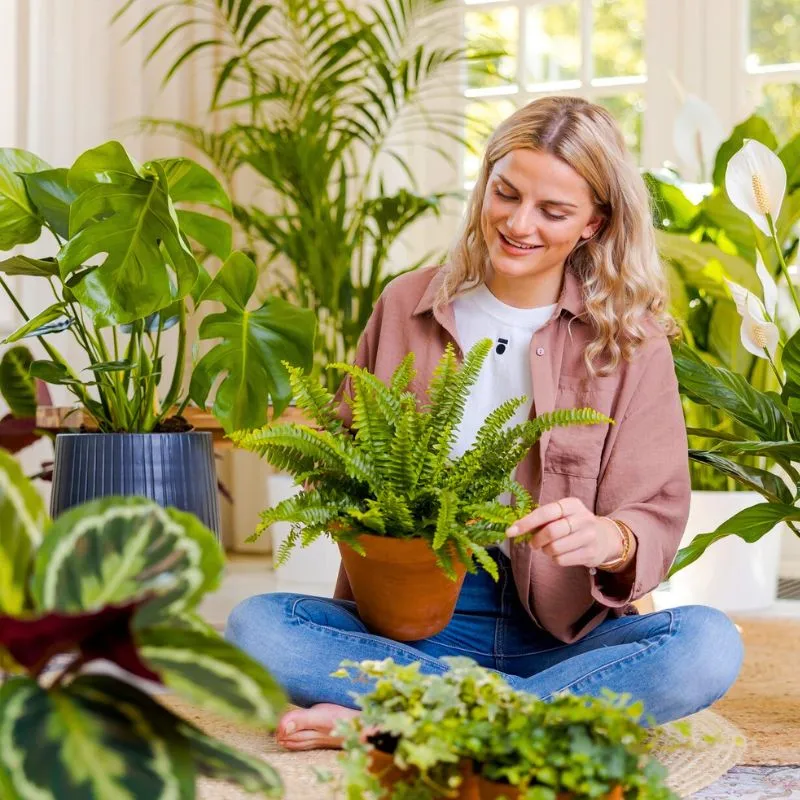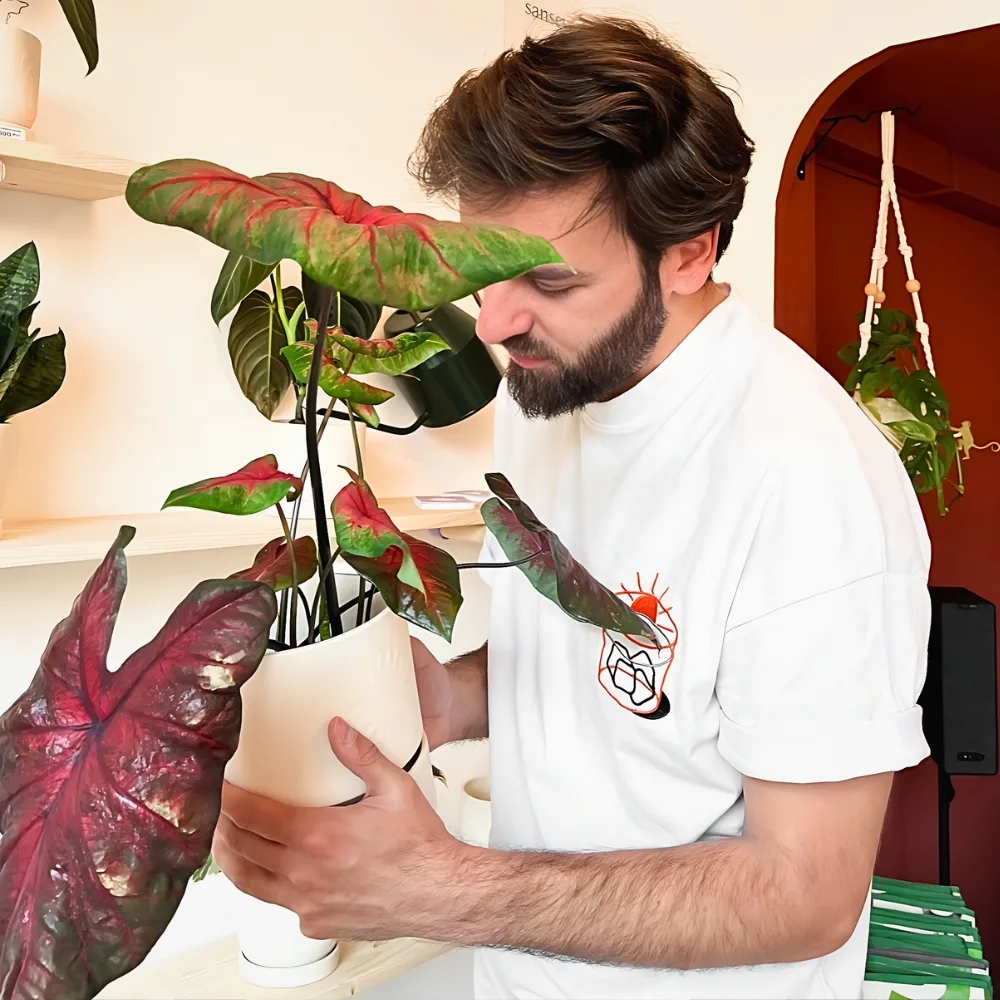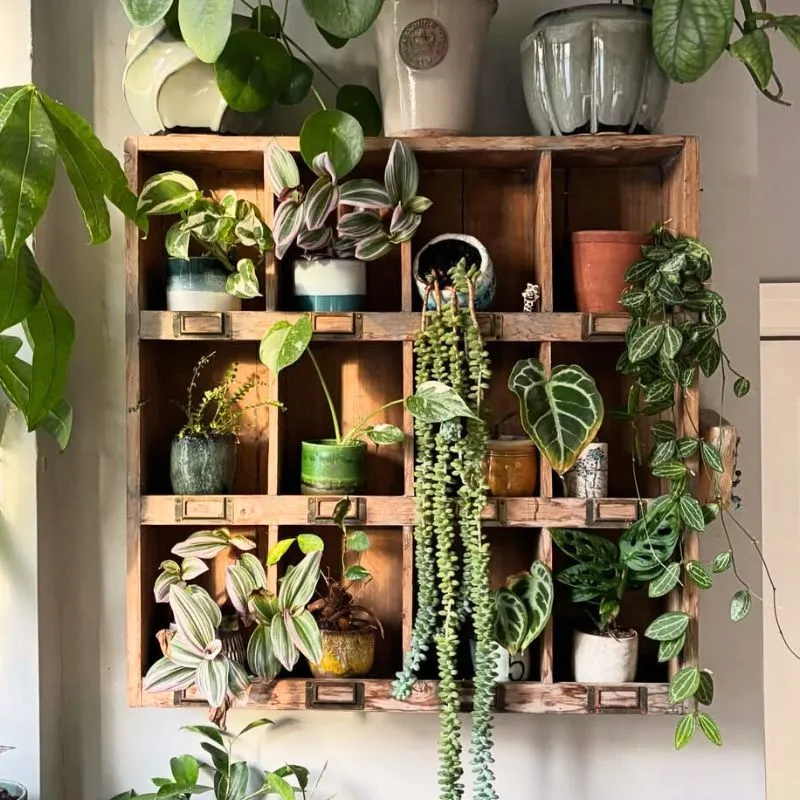When it comes to designing the ideal yoga room or studio for yourself at home or for your clients, there are several factors to consider: lighting, design, and ambiance. But have you thought about plants? Plants have many amazing benefits that are not related to yoga, but they can add a lot to a studio. They improve mood, they can help heal the body, and some plants can even purify the air, which can make a big difference in how people feel while practicing in your studio. Consider the following ten awesome plants when designing (or re-designing) your yoga studio.
10 Plants That Will Magnify Any Yoga Room or Studio
There are many different types of plant decor for a yoga studio to select from, and many of them need you to focus on a single point in front of you. Plant leaves make excellent meditation anchors because they are intricate and captivating to look at, and you can quickly become lost in them. Here are ten of them that will make your yoga studio or space look more bright and alive.

1. Areca Palm (Dypsis Lutescens)
The Areca Palm, also known as the 'Butterfly Palm', is a vase-shaped upright houseplant. The plant can reach a height of up to 3.5 meters (12 feet). You must ensure that the area is humid to avoid tip damage. When selecting the plant for your yoga studio, look for those with large trunks, especially at the base because a plant with a pencil-thin stem will topple over and be difficult to keep alive.
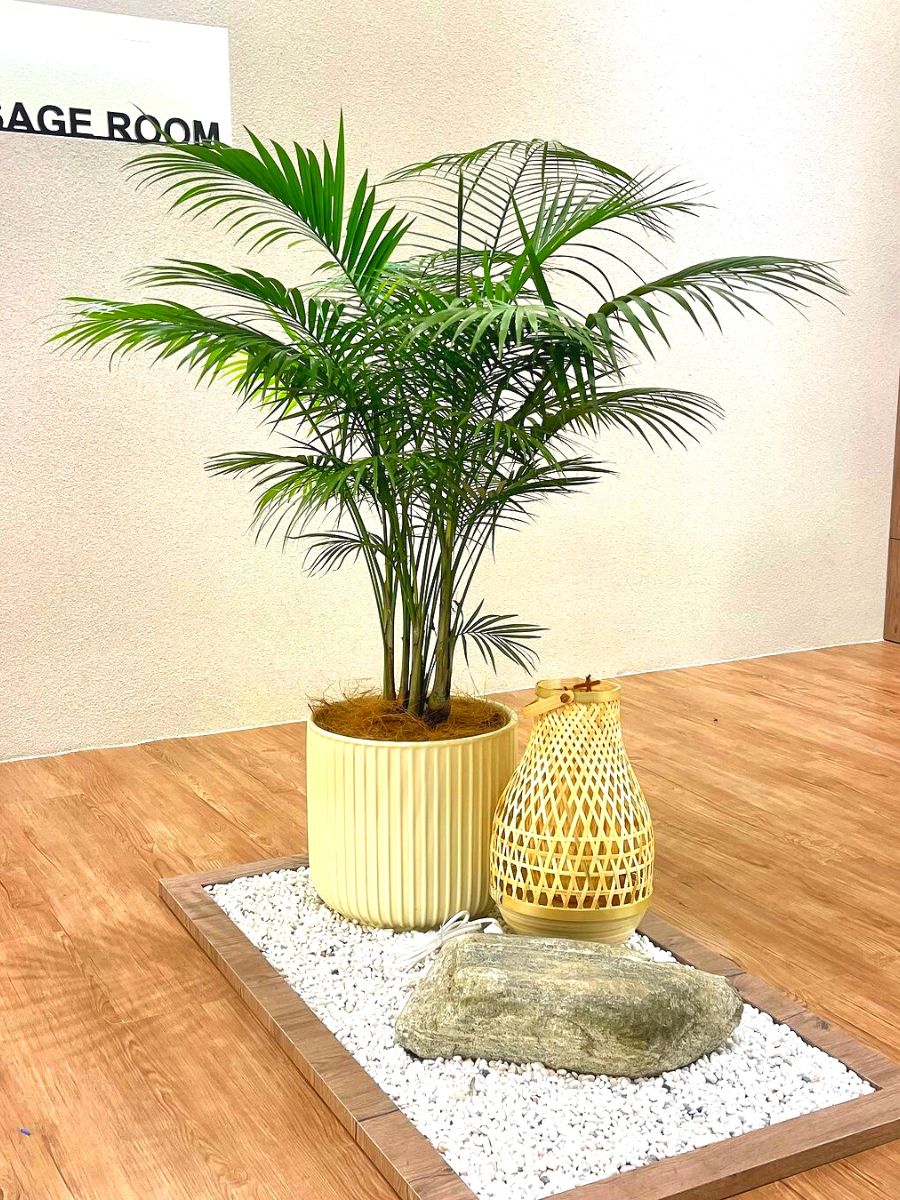
2. Bamboo Palm (Chamaedorea)
The Bamboo Palm, known as the 'Reed Palm', prefers bright (indirect) light. Your new plants will lose some foliage as they adjust to the indoor environment of your yoga studio. When it comes to appropriate care, it's important to know that the plant stays evenly moist, but you should not over-water it. Again, make certain that it is not sitting in stagnant water. This is a wonderful addition if you want to embellish your yoga studio at home or a yoga business with green spaces.

3. Rubber Plant (Ficus Elastica)
The Rubber plant grows well indoors and prefers semi-direct sunlight. Ensure that no direct sunlight reaches the plant, especially during the summer. That said, it is best to place it in a spot in your studio where it gets a little sunshine but not too much. The plant can reach a height of 2.5 meters (8 feet) and a spread of 1.5 meters (5 feet).
When the plant is actively growing, it should be thoroughly watered, and before you begin watering again, make sure the soil is completely dry. Ficus elastica is considered one of the most popular indoor plants to decorate any type of space or environment. It is even one of the top houseplants to incorporate in indoor spaces if you want to achieve a Scandinavian interior.
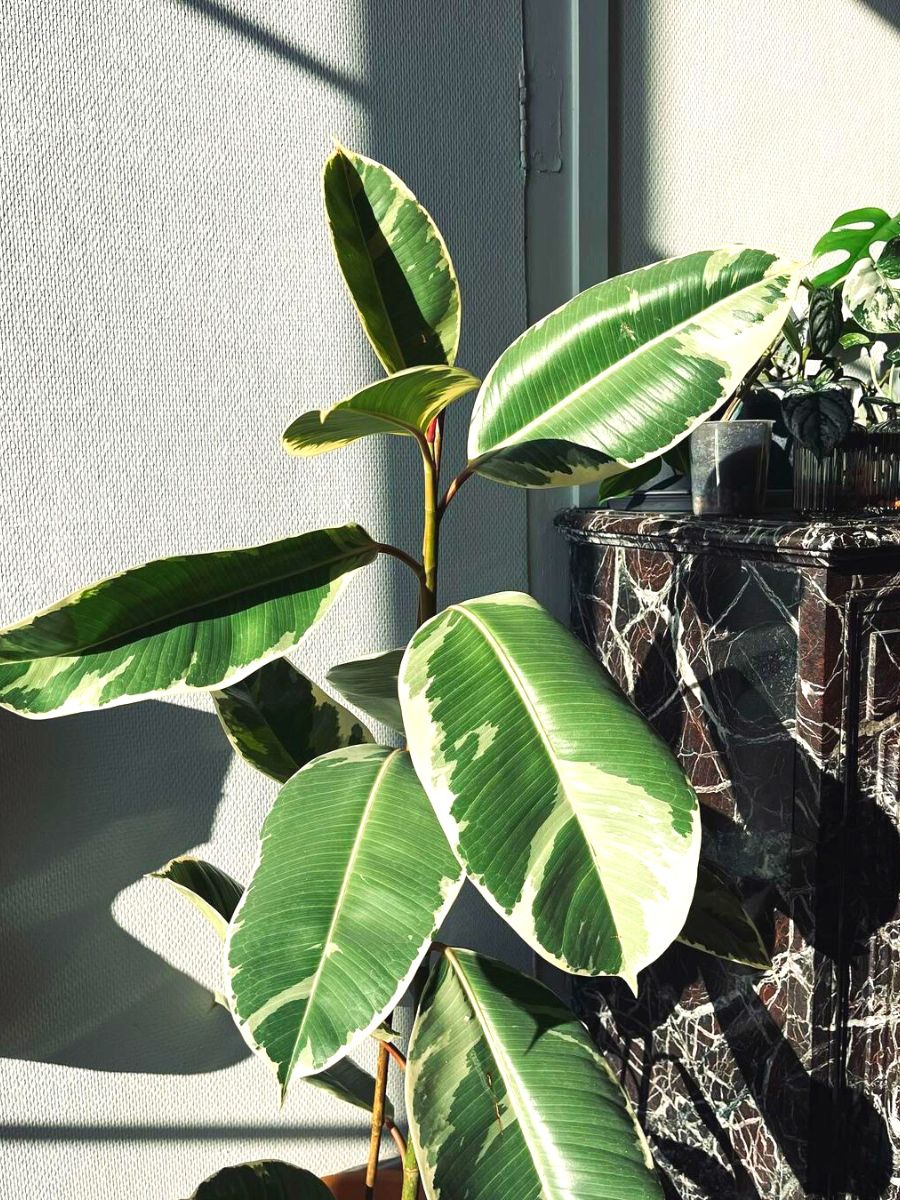
4. Philodendron (Philodendron Bipinnatifidum)
Did you know the philodendron is one of the most hardy houseplants? An ideal option to have in a yoga studio. The plant prefers light of medium intensity. It will, however, tolerate lower light levels. Any direct sunlight will damage and even stunt the growth of the leaves.
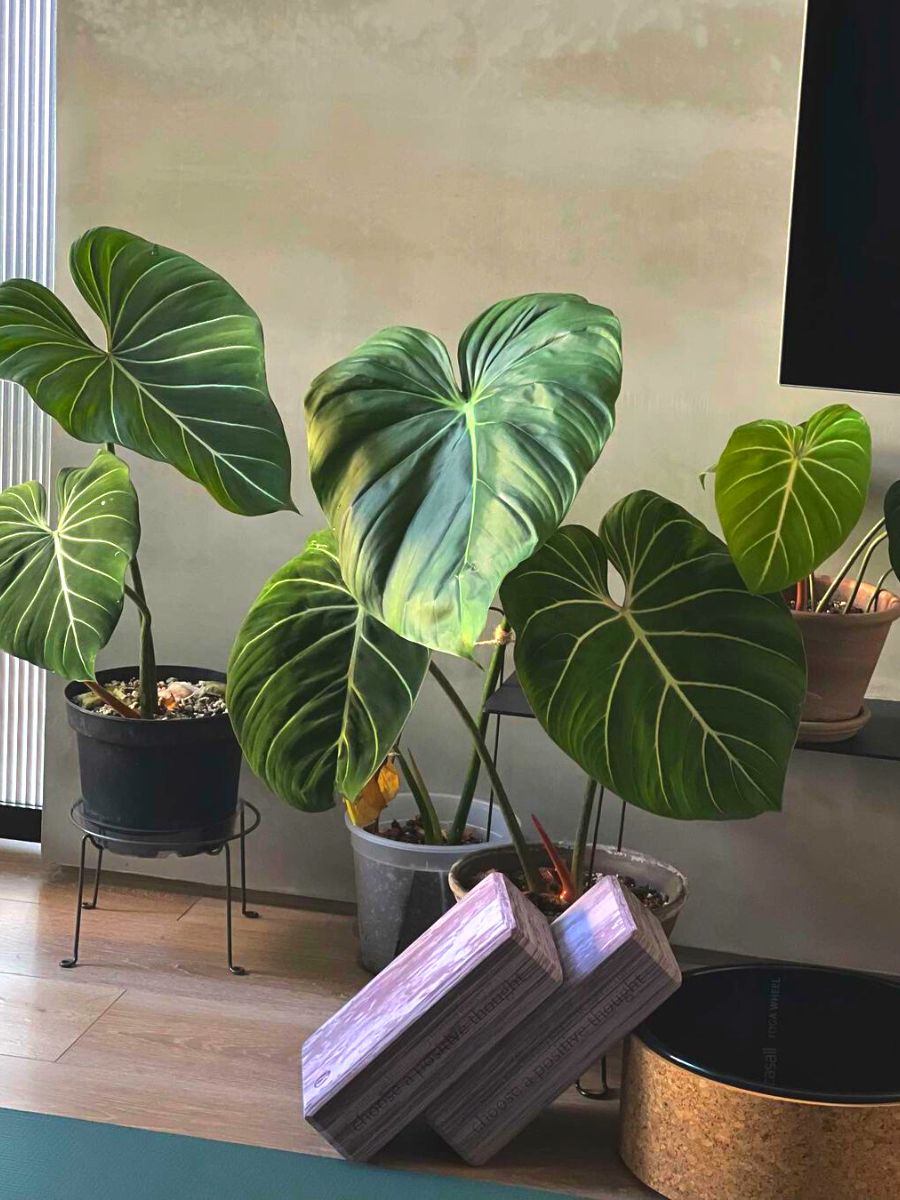
Photo: @s.k.plants
When shopping for the plant, keep in mind that you have two choices. You can choose between climbing and non-climbing. You must mist philodendron plants regularly and keep the leaves free of dust so they last longer in good condition to beautify your yoga studio or space. Also, make sure the soil is evenly moist (you can let it dry between waterings)! Here are some more care tips and how to propagate philodendron.
5. Peace Lily (Spathiphyllum Wallisii)
The Peace Lily can grow even in artificial light, so it will work well even if you don't have windows in your studio. And even though this plant doesn't need much work, it blooms into a beautiful sight that will relax and amaze your clients. The Peace Lily is also an excellent air purifier. Check out this list of air-purifying houseplants to have at home.
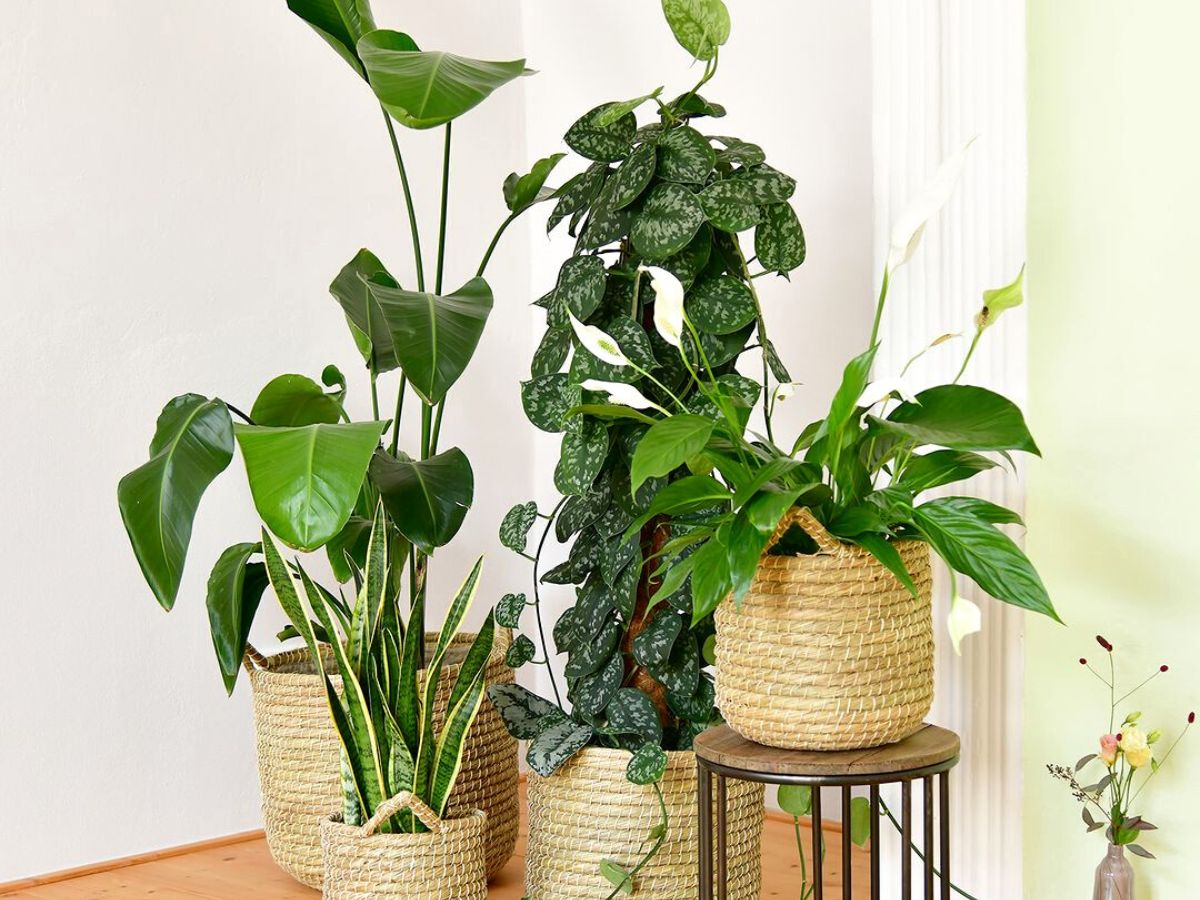
Photo: @_greenmeup_
6. Snake Plant (Sansevieria Trifasciata)
The snake plant is a flowering plant native to Central Africa. One of its best features is how simple it is to care for and how little maintenance it requires. It purifies the air and provides a lot of oxygen at night, making it one of the best plants for meditation rooms and yoga studios. It grows upwards rather than outwards, so it takes up little space.
Here you can find 10 of the nicest snake plants to add to your collection.
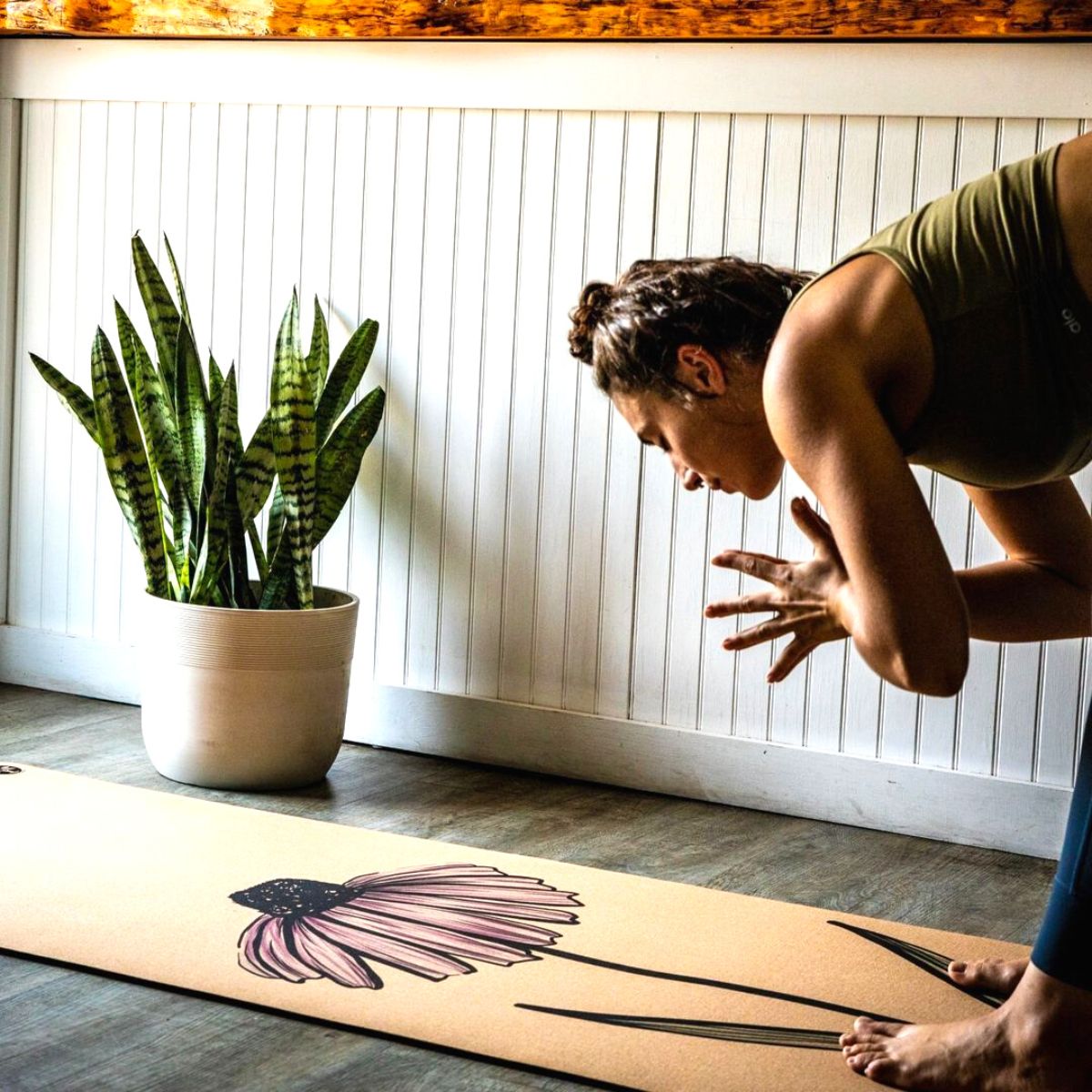
7. Chinese Evergreen (Aglaonema Commutatum)
To begin with, in Asia, the Chinese Evergreen plant is kept for their association with good luck–and as another air purification champ, they undoubtedly improve any space they're in. Many indoor plant enthusiasts prefer this houseplant because it prefers low-light conditions and requires little maintenance. When in bloom, its flowers resemble the blossom of a Peace Lily, so they go well together as a decorative theme. Read how to care about it in the article 'How to Grow and Care for Aglaonema a.k.a. Chinese Evergreen'.

8. Zebra Plant (Aphelandra Squarrosa)
The Zebra plant requires more care than its counterparts because it is a common houseplant, but the rewards are striking yellow flowers with brilliant red tips and leaves that contrast brilliantly between white and green. It is a popular choice due to its beauty, and yogis who are green thumbs will appreciate how well its large flowers and leaves complement the space in their studio.
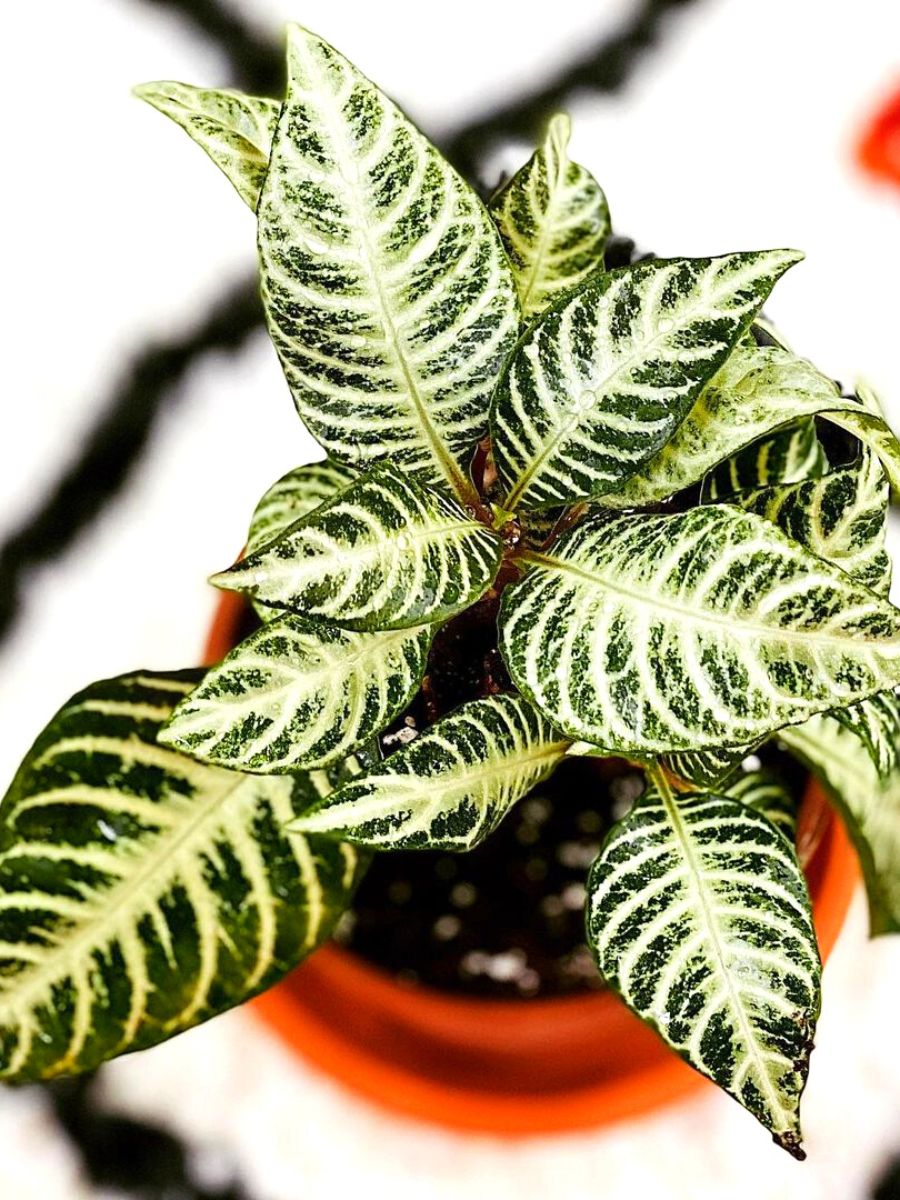
9. African Violet (Saintpaulia Ionantha)
Choosing the African Violet for a yoga studio will gently encourage everyone to stay mindful and concentrate their intentions on positive goals because of its history of symbolizing virtues like faithfulness and devotion. In addition to being a low-maintenance indoor potted plant, its grouped flowers add pretty pops of color. It will change your yoga space into a more calm yet colorful breathing space for yourself or your clients.
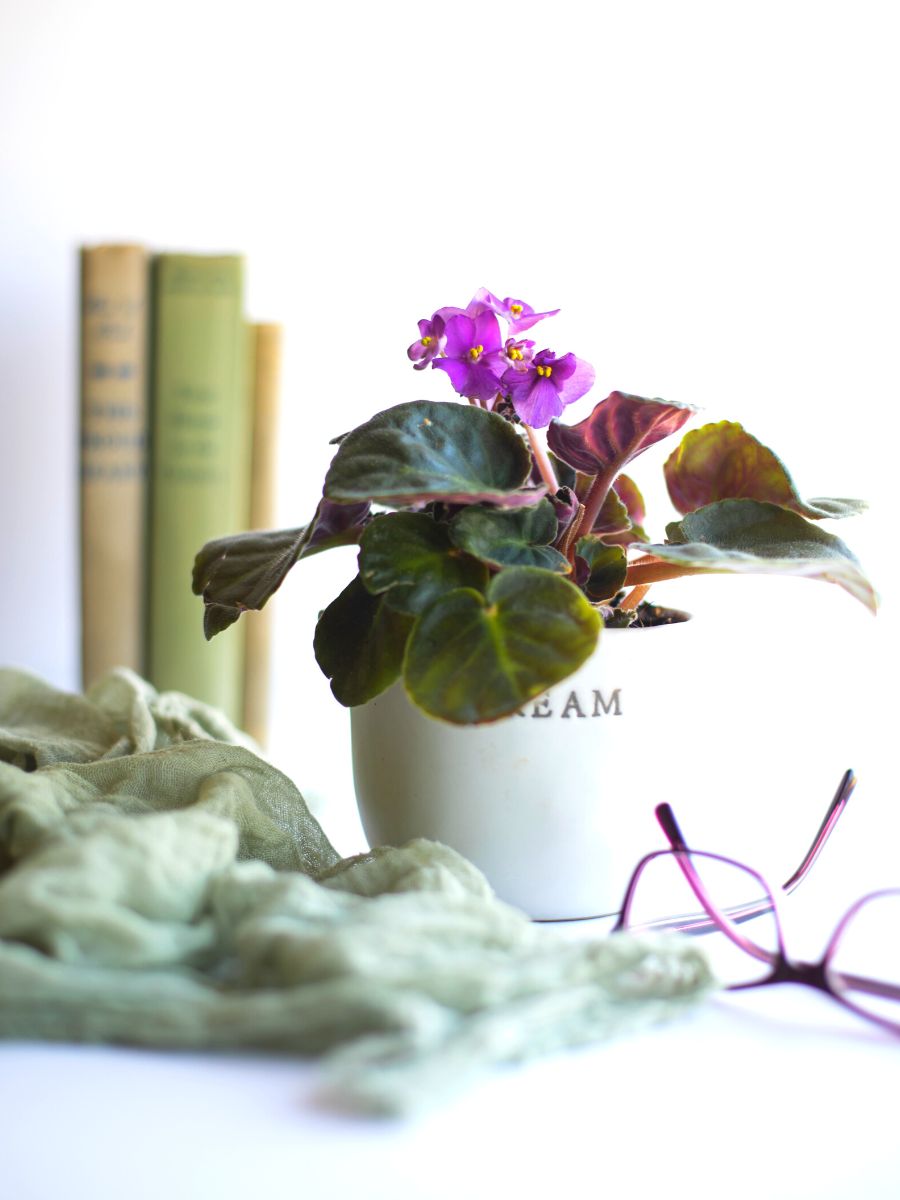
10. Golden Pothos (Epipremnum Aureum)
Last but not least in the list of 10 ideal plants for a yoga studio is the Golden Pothos. You can easily elevate your space and well-being effortlessly with this plant which will be your low-maintenance air-purifying ally.
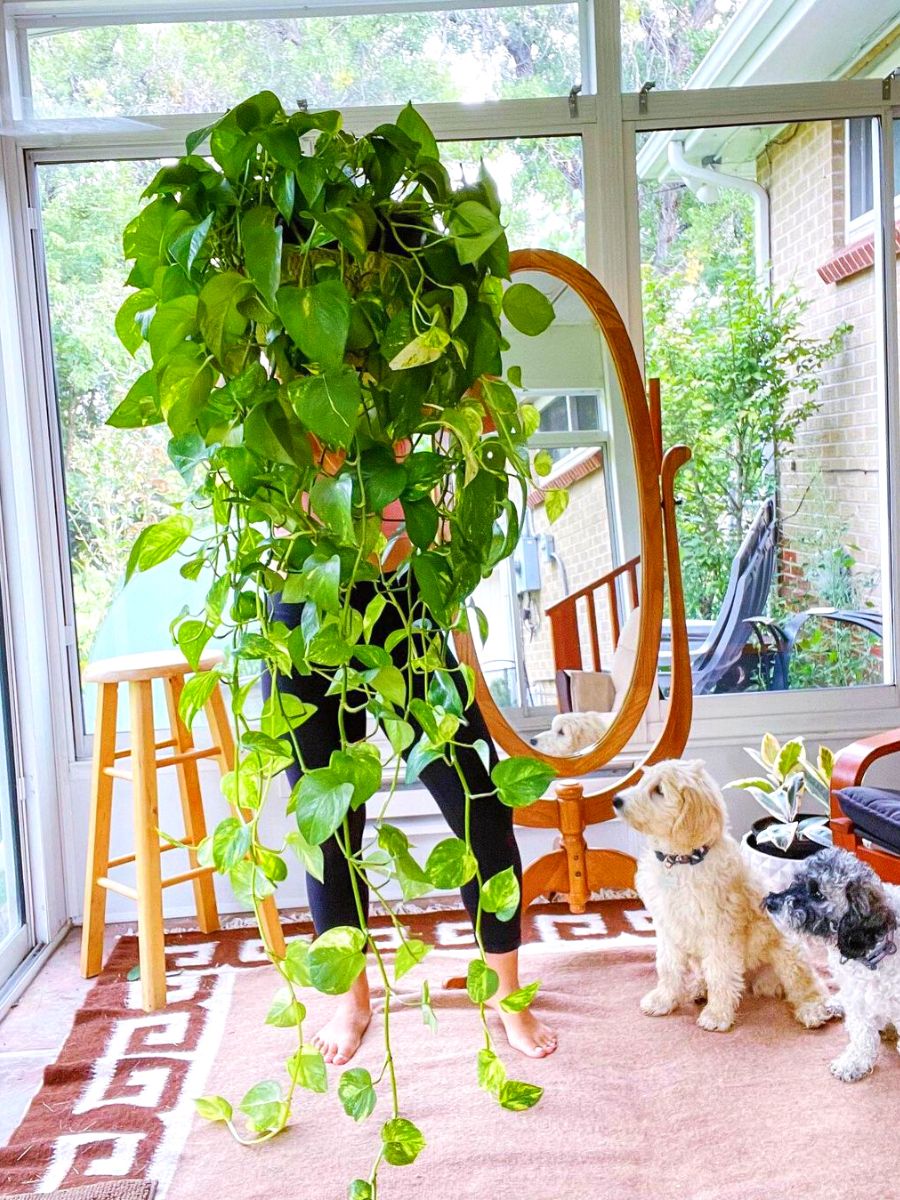
Acting as an air-purifying hero, Golden Pothos helps remove toxins like formaldehyde and benzene from the environment. Additionally is it low maintenance, thrives in various light conditions, and is perfect for beginners.
Characteristics That Make for Great Plants in a Yoga Studio
There are a few things to think about when selecting the most suitable and eye-catching plants to grow in a yoga studio. To start, the dimension and area of your space. You can find the ideal plants for your needs, regardless of the size of your studio. Indoor gardening containers range in size from tiny teacups that fit on a desk or shelf to enormous barrels that fill an entire room's corner. Plants that require minimal light or that do well under cheap grow lights can be chosen if your studio receives little to no sunlight.
Secondly, you must consider the maintenance level and care handles of every plant. Growing plants in your yoga studio doesn't require you to be an expert gardener, but it is crucial to choose plants that will thrive in your studio's conditions and that you can devote the necessary time and energy to caring for. Fortunately, a lot of plants—especially succulent varieties—do well with little watering and supervision. The fragrance and aesthetic appeal are also an important characteristic to consider when buying plants for your yoga studio.
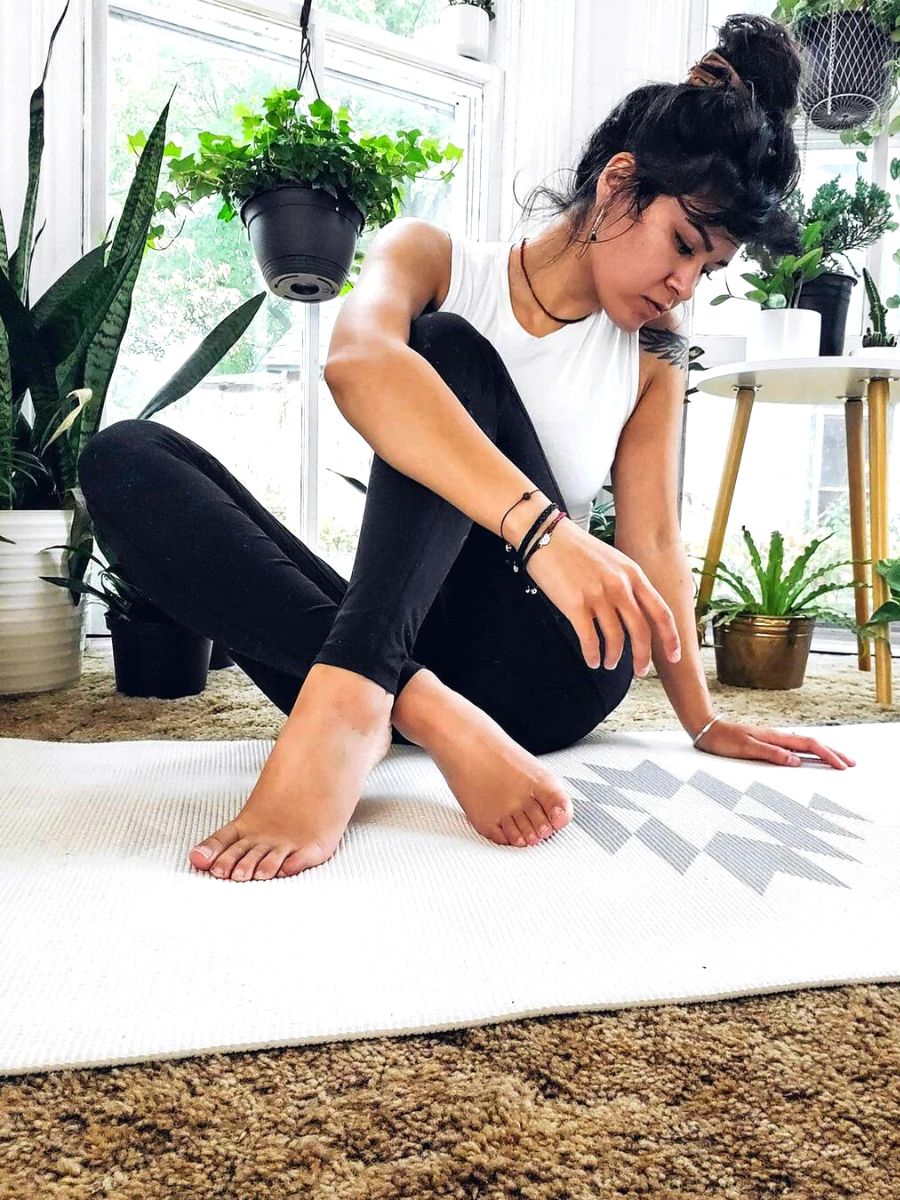
Numerous plants' aromatic properties, including their flowers, have been connected to enhanced mood and memory-enhancing brain activity. Even though a yoga studio should have a calm, relaxing atmosphere rather than a strong perfumed scent, many flowering houseplants can add a soft, pleasant aroma to a space.
Lastly, one of the most crucial qualities in plants for a yoga studio is their remarkable capacity to remove toxins from the air, which is why many houseplants gained popularity. Since breathwork plays such a significant role in yoga poses, the studio must have purified air.
After you have decided what plants to incorporate in your yoga studio, take into consideration that your yoga studio's walls can create a calming atmosphere and motivate your students to unwind before beginning an exercise. Make sure the studio feels as organic as you can. The more plants you include, the better!

And if you decide to do all this outdoors, feel free to read the article Enjoy Yoga on Green Grass: Knee Support for Garden Yoga.
Feature image by @colezaccariayoga.

